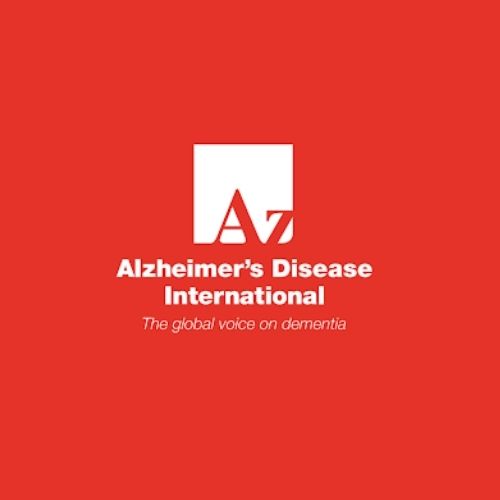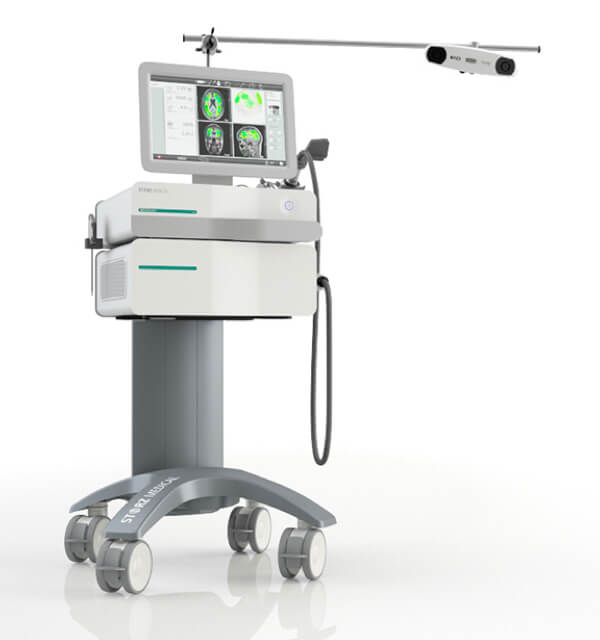World Alzheimer’s Report 2021: What can we Learn?
September marks World Alzheimer’s Month, a month in which Alzheimer’s charities, medical groups and health policy makers come together to discuss what can best be done to improve the quality of, access to , and education on treatment for Alzheimer’s disease.
These findings are summarised in the World Alzhiemer’s Report, which has recently been released for 2021. The report is 314 pages long, so assuming you don’t have the time to read the whole thing, we’ve summarised the main findings here for you.
The report focuses largely on the speed and availability of diagnosis, and educating doctors around the world to diagnose Alzheimer’s. Diagnosis is a major challenge globally, with those who seek a diagnosis often experiencing long wait times, if they are able to receive a diagnosis at all. Societal stigma, self-stigma and clinician related stigma are listed as barriers to diagnosis, particularly in developing nations.

75% of people with dementia globally are undiagnosed, equating to 41 million people
The report found that an average of 75% of Alzheimer’s patients around the world never receive a diagnosis, and this may be as high as 90% in some developing nations, where stigma and lack of awareness of dementia remain major barriers to diagnosis.
The World Health Organization (WHO) Global has rolled out an Alzheimer’s disease global action plan on the public health response to the disease, which aims to achieve at least 50% of the estimated number of people with dementia in 50% of countries by 2025. With over 55 million people worldwide affected by the disease, this is a huge undertaking, but one that will hopefully lead to the improved longevity and quality of life for these people.
Clinician stigma still a major barrier to diagnosis, with 1 in 3 believing nothing can be done
A survey to clinicians as part of the report found that barriers preventing them from diagnosing Alzheimer’s included a lack of access to specialised diagnostic tests (38%), lack of knowledge in making a diagnosis (37%) and the belief that nothing could be done, thus making a diagnosis futile (33%).
Lack of knowledge and belief that nothing can be done can be quickly and efficiently curbed through education. Although it is true that there is currently no cure for Alzheimer’s, there are quite a few treatments which can significantly ease symptoms and slow progression. These treatments are listed on our Alzheimer’s page.
90% of clinicians identified additional delays/wait times due to COVID-19
As with just about everything else, the COVID-19 has had a significant impact on the length of time the average patient has needed to wait to see a doctor. Testimonies from people with Alzheimer’s and carers consistently indicate the lengthy time taken before being given a diagnosis, as well as a lack of information at the point of diagnosis about specific types of dementia, progression and available support.
75% of clinicians also ranked the increasing number of people seeking a diagnosis as a major challenge in the future, followed by people seeking diagnosis due to self-testing (with the proliferation of online and at home tests), and an increase in disease-modifying treatments.
“With this report, we explore this diagnosis journey through the lens of those living with dementia and carers, clinicians, researchers and academics, and Alzheimer’s and dementia associations, as well as what can and must be improved.”
Recommendations by the authors of the report to tackle the above issues include:
| COUNTRY | % OF TOTAL POPULATION OVER 65 | MILLIONS OF PEOPLE OVER 65 |
|---|---|---|
| China | 11.9% | 166.37 |
| India | 6.1% | 84.9 |
| United States | 16.0% | 52.76 |
| Japan | 28.2% | 35.58 |
| Russian Federation | 14.6% | 21.42 |
| Brazil | 8.5% | 17.79 |
| Germany | 21.4% | 17.78 |
| Indonesia | 5.6% | 15.16 |
| Italy | 22.8% | 13.76 |
| France | 20.3% | 13.16 |
| United Kingdom | 18.3% | 12.24 |
| Pakistan | 4.3% | 9.31 |
| Mexico | 7.2% | 9.17 |
| Spain | 19.1% | 8.99 |
| Bangladesh | 5.1% | 8.35 |
Fig 1. Demonstration of aging populations in major nations.
The results of the report are alarming, and some points raised may not be that easy to solve. Governments in all countries must be lobbied to ensure enough funding is available for Alzheimer’s diagnosis and treatment, and that health services are not left to try and keep up with demand.
Interested in reading the full report? You can find it here: https://www.alzint.org/u/World-Alzheimer-Report-2021.pdf




